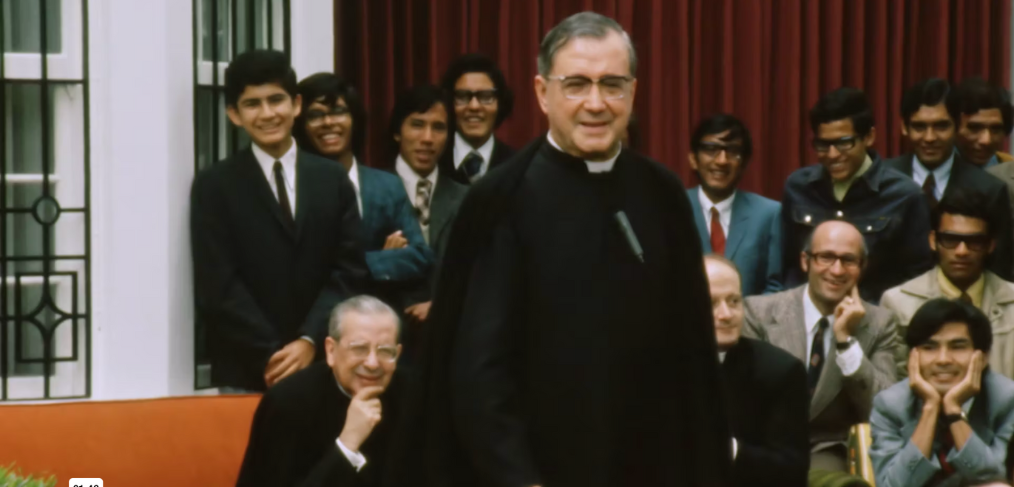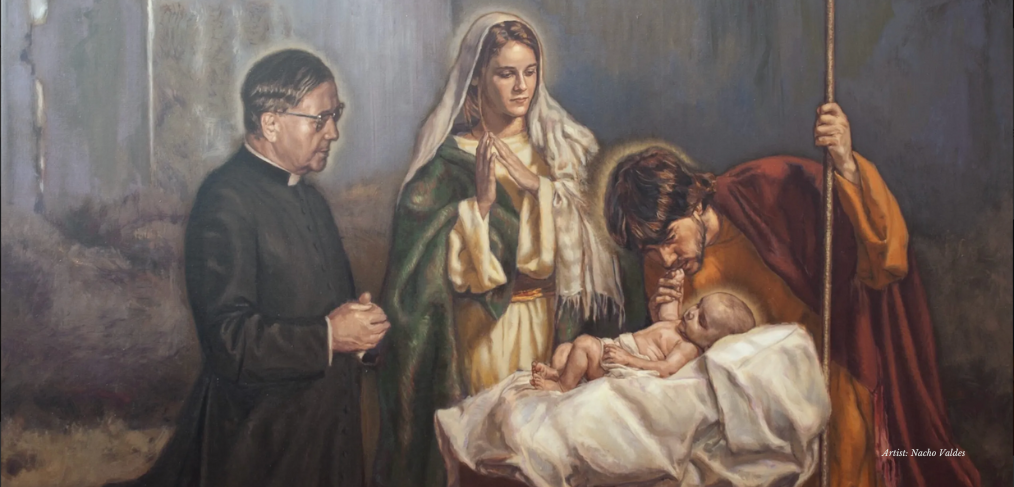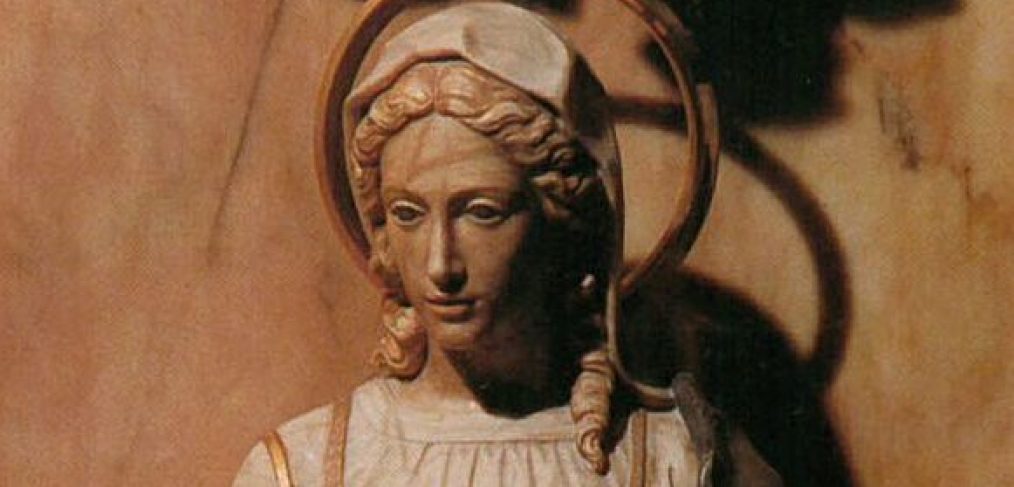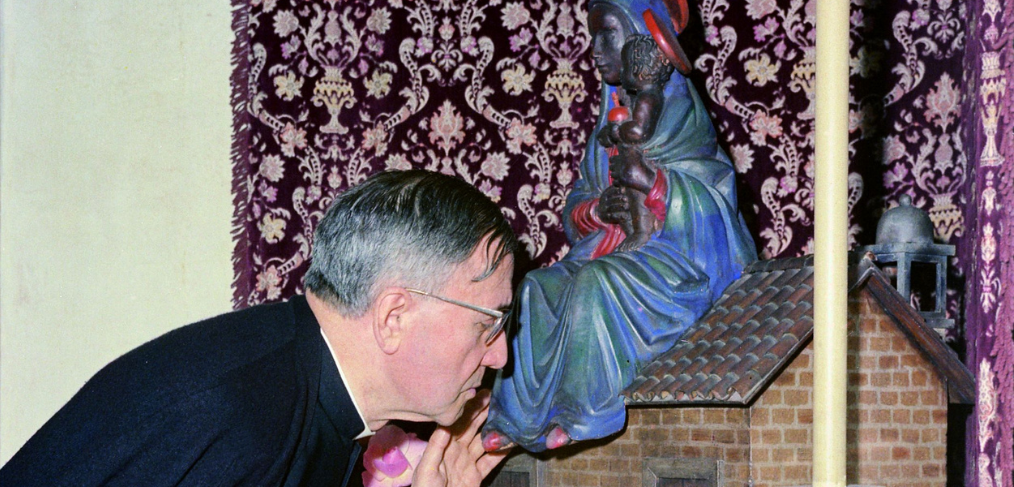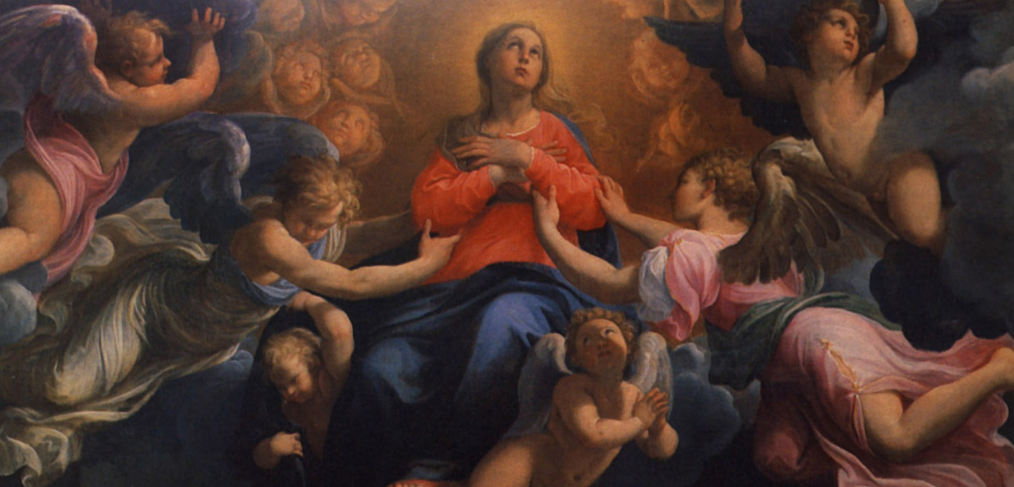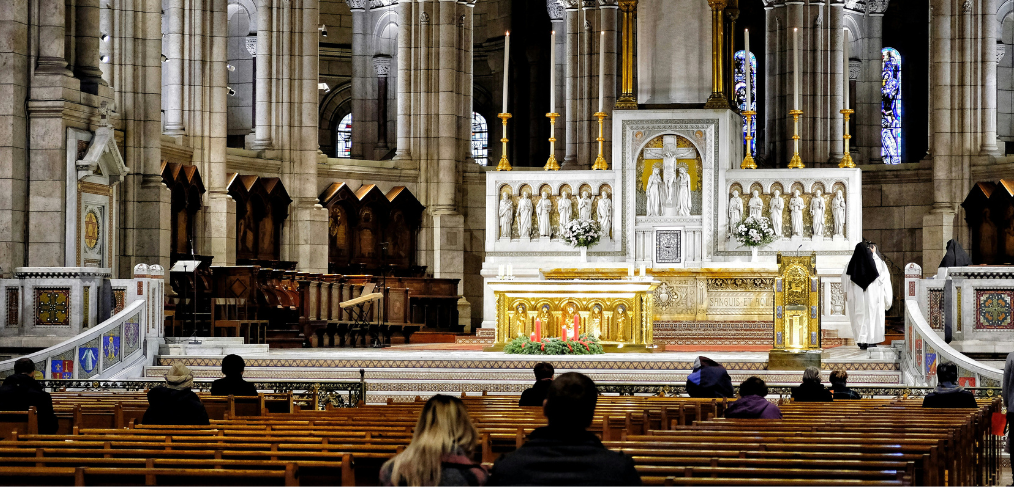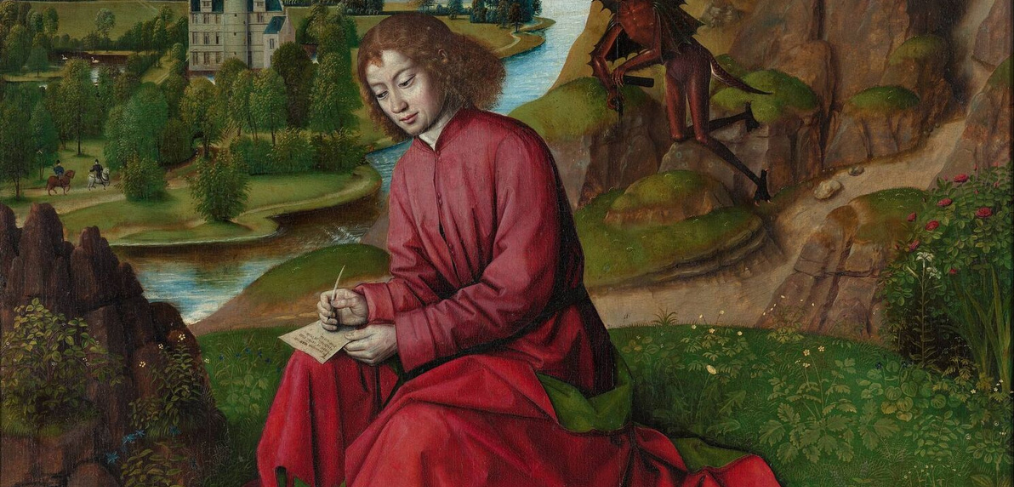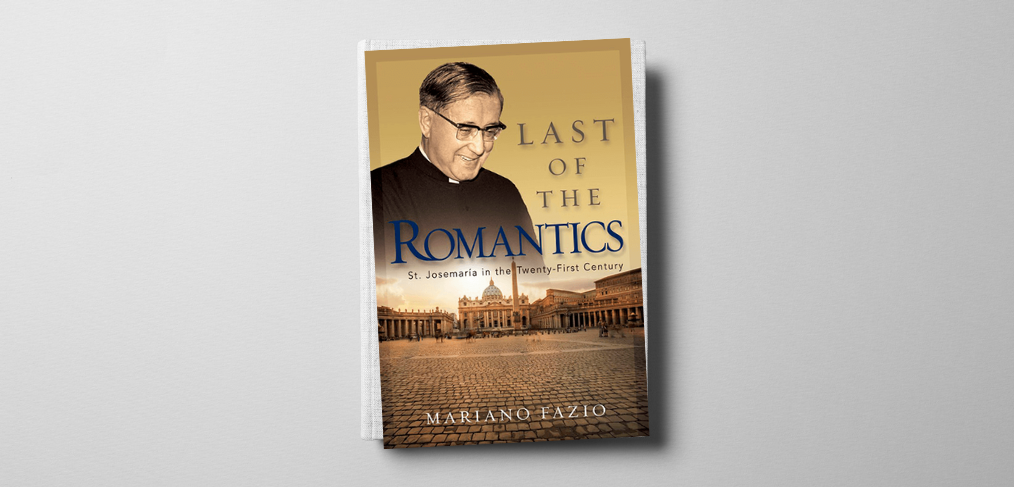We are here, consummati in unum! united in prayer and intention, and ready to begin this period of conversation with Our Lord, having renewed our desires to be effective instruments in his hands.
In the Gospel we hear John the Baptist proclaim: “Prepare the way of the Lord, make straight his paths” (Luke 3:3). Even today, the proclamation reminds us that true peace and joy come from being prepared and following the paths that lead to Christ.
Have you ever thought about what kind of relationship two saints would have had if they had met while they were alive?
During this season of Advent, the St. Josemaria Institute invites you to join us in preparing our hearts and homes for the coming of Our Lord, Jesus Christ, and the celebration of his nativity.
I was deeply moved by the Epistle in today’s Mass, and I imagine the same will have happened to you. I realized that God was helping us, through the words of the Apostle, to contemplate the divine interlacing of the three theological virtues.
The title of “Our Lady of Mercy” came to hold a special place in St. Josemaria’s memory and heart.
Looking creates responsibility, especially when looking means seeing another’s distress… The first reading for the Feast of the Exaltation of the Holy Cross features a look that saves.
On August 15, 1951, Solemnity of the Assumption of the Blessed Virgin Mary, St. Josemaria Escriva entrusted a very serious intention to Our Lady of Loreto.
“God has taken Mary —body and soul— to Heaven: and the Angels rejoice! So sings the Church.”
The Transfiguration of the Lord was a significant event in the life of Jesus Christ.
St. Josemaría is one of those saints who succeeded in changing the perspective of those who followed him in a very simple way: by fully living his vocation to sanctity as a priest and founder of Opus Dei.
A character in the Gospel provides a particular point of view to understand the image of our Lord: Martha of Bethany. She was a woman of service, a woman of faith, and one of the closest friends of Jesus during His time on Earth.
Receiving Our Lord in the Holy Eucharist is the closest we’ll ever be to Jesus Christ on earth. Therefore, St. Josemaria Escriva encouraged everyone to truly recollect themselves in prayer during those holy moments of our lives.
“Now before the feast of the Passover, when Jesus knew that his hour had come to depart out of this world to the Father, having loved his own who were in the world, he loved them to the end” (Jn 13:1). The reader of this verse from St John’s Gospel is brought to understand that a great event is about to take place.
Nothing disappoints more than misplaced hope. And maybe nothing is easier to misplace than our hope. From time to time we are all tempted to put our hopes for happiness, even for a kind of salvation, in people whom we idealize or future circumstances we imagine will be perfect.
Saint Josemaria portrays the Blessed Virgin as a unifying force or common bond among the children of God. What better image to have before us as we celebrate Mary as Refuge of Sinners…
Everyone is wounded by original sin and by subsequent personal sins. Everyone has been wounded by the sins of others. What we do with these wounds largely decides the depth of our inner peace.
Does everyone have a breaking point? A point beyond which too much pressure causes collapse?
With the meaningful expression “last romantic,” coined by St. Josemaría himself, Msgr. Mariano Fazio titles his book, St. Josemaría Escrivá: The Last of the Romantics.
That Christ has come to us with a heart made of flesh tells us a lot about how the Sacred Heart loves us, and about the kind of love we need. We are loved by any number of hearts during our earthly lives, but one alone among them we call Sacred.

